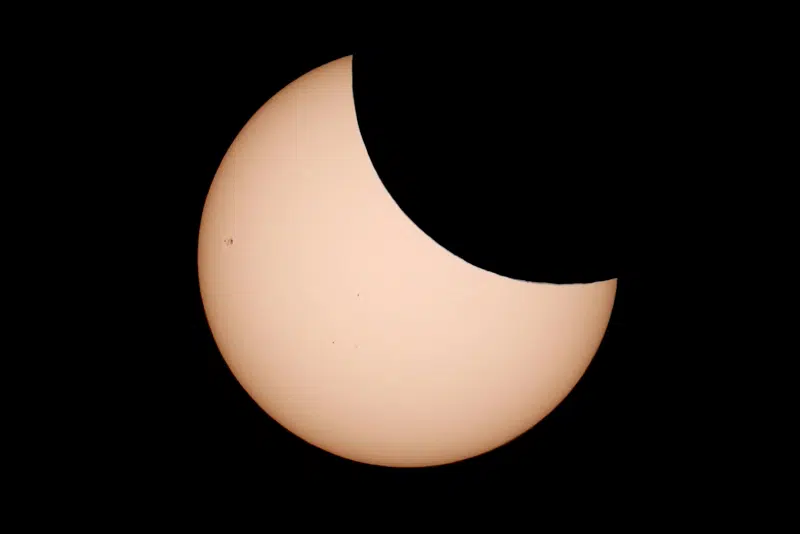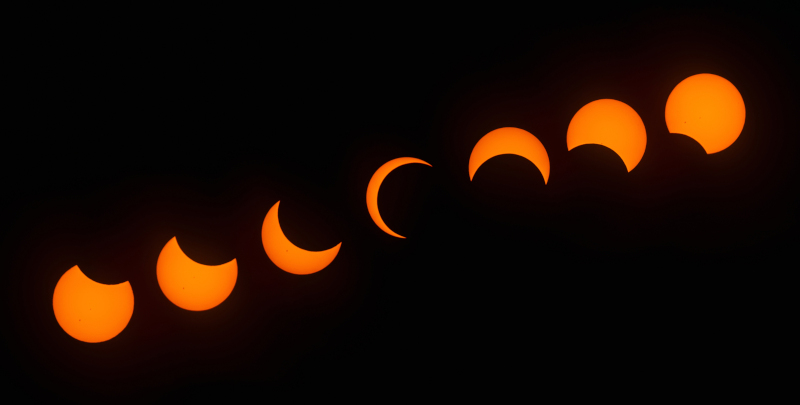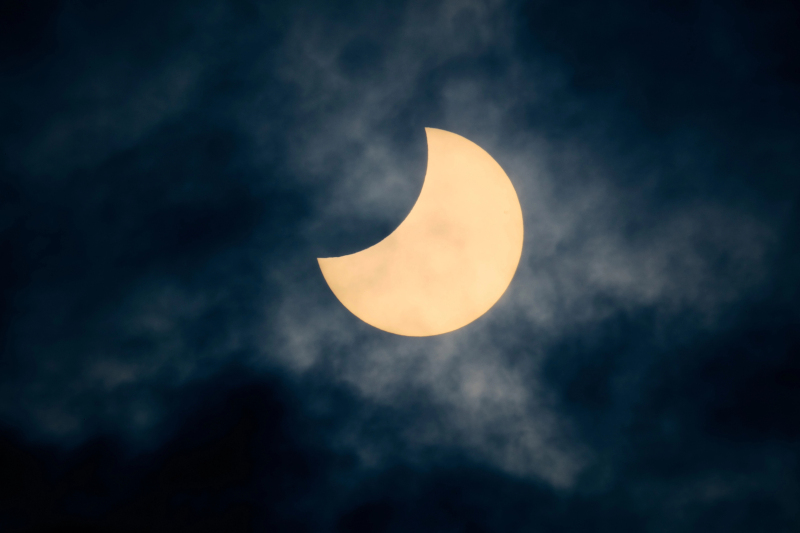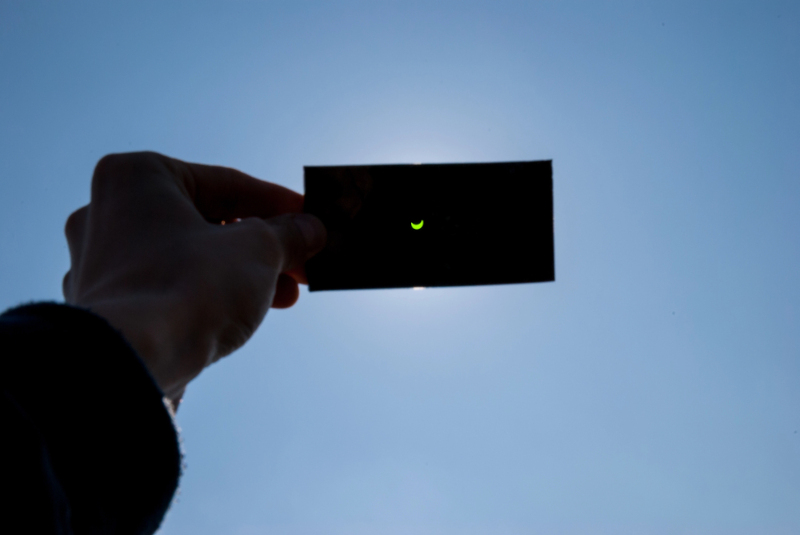
Photo: Belish/Depositphotos
A thrilling astronomical event is right around the corner. On March 29, a solar eclipse will cover parts of the Northern Hemisphere. Unlike the April 8, 2024 solar eclipse, the central part of the Moon’s shadow will miss the Earth, meaning we will only get a partial solar eclipse this time. Still, this exciting phenomenon is not to be missed if you happen to be along its path of visibility. After all, you may even get to witness a “double sunrise.”
The northeastern coast of North America will get the best views of the eclipse, with a crescent sun appearing on the eastern horizon during sunrise. The farther north you are, the deeper the eclipse will be. In the U.S., 13 states will get to witness the eclipse, with coastal New England getting the best views. In Maine, up to 86% of the Sun will be covered as it rises, while New Hampshire and Massachusetts will have up to 57% and 55% coverage, respectively. In the metro areas, Boston will see a 43% obscuration, compared to a modest 21% in New York City.
As for the “double sunrise” phenomenon, in which the rising sun looks like two “horns” emerging from the horizon, it will only be seen from the northeastern tip of Maine, as well as southwestern New Brunswick and eastern Quebec. If you’re in Atlantic Canada, you will see a smaller eclipsed sunrise, with the eclipse deepening later in the morning. This time, the luckiest town is Akulivik, Nunavik, in northern Quebec, where 91% of the Sun will be covered at its point of maximum eclipse.
Following in best views of the eclipse are Moncton, New Brunswick, with an 84% eclipse while Halifax, Nova Scotia, and St. John’s, Newfoundland, will both get an 82% obscuration. Larger cities such as Montreal and Ottawa, Ontario, will get 46% and 29%, respectively.
Meanwhile, parts of western Europe and northwestern Africa will also get to see the eclipse later in the morning. In Reykjavik, Iceland, a maximum eclipse of 68% will take place at 11:05 a.m. local time, while in London you’ll see 31% of the Sun covered at 11:03 a.m. (To learn the exact time and coverage of the area you’re in, check out NASA’s website and Time and Date.)
It’s important to note that even though this is only a partial eclipse, you still must wear eye protection at all times. If you plan on reusing your 2024 glasses, make sure to check the expiration date and whether they have scratches or scuffs, which make them unsafe for viewing. You can also use an indirect viewing method, like a pinhole projector or looking at the shadows of tree leaves on the ground, which double as a natural projector.
On March 29, a solar eclipse will cover parts of the Northern Hemisphere.

Photo: krisrobin/Depositphotos
Unlike, the April 8, 2024 solar eclipse, the central part of the Moon’s shadow will miss the Earth, meaning we will only get a partial solar eclipse.

Photo: milangucci/Depositphotos
Still, if you’re in Northeastern U.S. or Canada, you may get to see a “double sunrise.”

Photo: mroczka/Depositphotos
Sources: March 29, 2025 Partial Solar Eclipse; What the Eclipse Will Look Like near the Maximum Point; Which states will see the March 29 solar eclipse — and which will see a ‘double sunrise’?
Related Articles:
Solar Eclipse Photo Contest Winners Celebrate North America’s Recent Total Eclipse
Astrophotographer Flies Across the World to Take HDR Photo of the Total Eclipse
Images of the Eclipse Taken From Space Show How the Moon’s Shadow Looked From up Above
